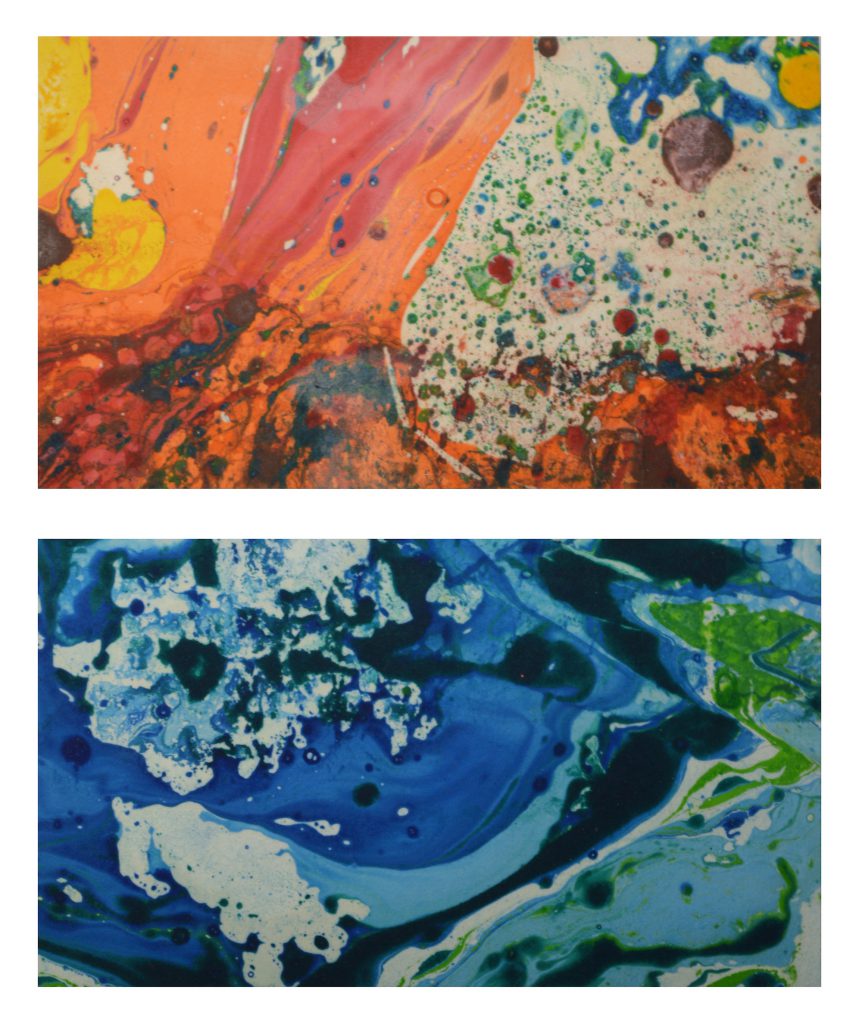
Gala Porras-Kim, A terminal escape from the place that binds us (detail), 2020, ink on paper
Gala Porras-Kim, A terminal escape from the place that binds us (detail), 2020, ink on paper

What do the dead want their bodies to become? The bodies of deceased people are frequently exhumed into an institutional afterlife they may not have chosen. Reclaimed as objects in this sense, the bodies’ eternal, irremovable proprietors are the people who inhabited them, and many cultures concur that bodies are entitled to rights after death.
Where then do museum practices intersect with the afterlives and ritual passages of the dead? What does it mean for a body to be an institution’s possession, if it can only ever belong to the deceased? In museums, bodies are primarily seen as objects, to the extent that the institution and viewers may forget the humanity they contained. Convinced that there is no dichotomy between body parts as museum objects and bodies within burial grounds or other post-death resting places or cultural positions, Gala Porras-Kim argues that “as with people, people’s bodies throughout life are entitled to a baseline of dignity, respect, and in certain cultures and self-regards, sanctity. It should ultimately be the prerogative of the person to determine what their body becomes after death. Museums have the capacity to recognize that humanity at any time, and should do so.”
In 2019, Porras-Kim traveled to Gwangju to examine the unplanned worldly afterlife of bodies (1st century B.C., from Shinchang-Dong, Gwangju) in the collection of the Gwangju National Museum, considering the places these bodies have been and how they have been treated since they were taken out of a person’s final resting place, a corporal afterlife defined by human laws and institutions. The work is made using encromancy—divination by ink stains—to contact spirits and ask them to manifest a preferred location for their remains. Through paper marbling techniques, vivid pigments are suspended on the surface of water, and spirits are contacted to reorganize the pigment to realize an image that maps the ideal setting for their remains. “Captured” on paper, the control of the image is relinquished to the spirit. Instead of prioritizing the methods of living people that influence the afterlife, Porras-Kim insists on this spiritual approach to inform human actions and hear from the deceased individuals who inhabited these body parts where they would prefer their remains to rest.
Gala Porras-Kim, A terminal escape from the place that binds us (detail), 2020, ink on paper